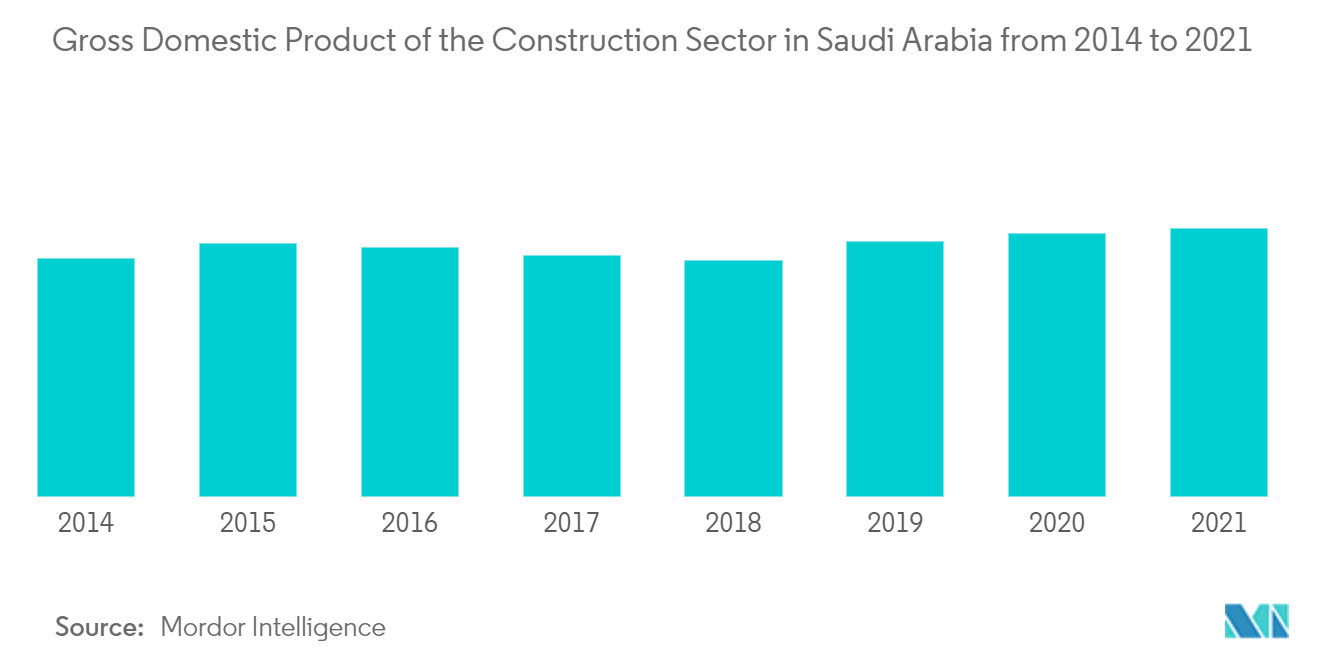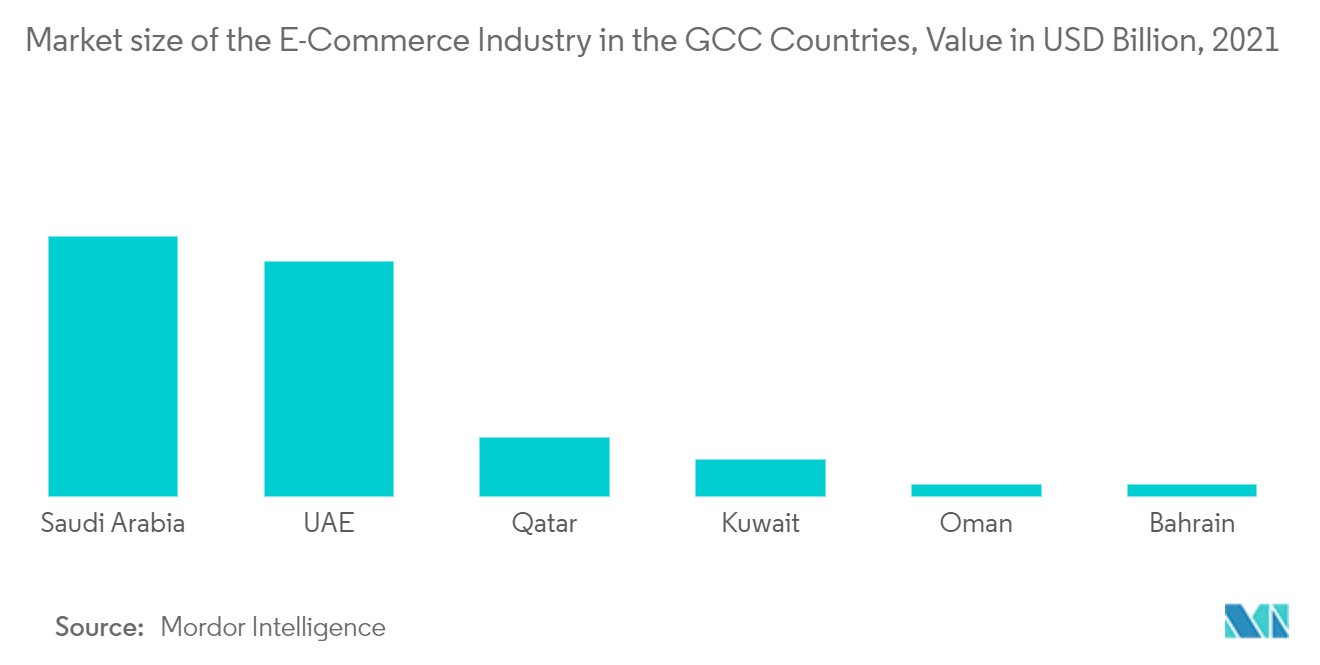Market Trends of GCC Furniture Industry
This section covers the major market trends shaping the GCC Furniture Market according to our research experts:
Saudi Arabia is One of the Fastest-growing Furniture Markets in the GCC Region
In 2022, Saudi Arabia's construction industry will produce 3.2% more, and from 2023 to 2026, it will expand at an average annual growth rate (AAGR) of 4%. The construction industry in Saudi Arabia continues to be the most successful in the MENA region, despite being influenced by the state of the global economy. By giving the most money to projects in 2022, the kingdom showed that it was serious about helping the economy become more diverse and changing the country in line with its Vision 2030.
For the past four years, Saudi Arabia has held the title of the MENA region's most robust market and nation, with the highest overall value of project awards. Saudi Arabia held a 35% market share as of October 2022, according to MEED Projects' tracking, with contract awards totaling USD 31 billion versus a total MENA value of USD 87 billion. The Gulf region's furniture market is being driven by Saudi Arabia's expanding construction industry.

E- Commerce and Digital Space is Driving the Furniture Market
By 2025, it is predicted that the e-commerce sector will account for about half of all retail growth. E-commerce will rule the retail industry of the future, but businesses are embracing a brand-new concept called omnichannel retailing that is emerging from digital retailing. The savvy consumers of today want to compare prices online across various platforms before going into a store.
The furniture business is growing because more and more people are using technologies like artificial intelligence (AI), machine learning (ML), augmented reality (AR), virtual reality (VR), data analysis, the internet of things (IoT), and so on. 3D modeling is a way of designing furniture models virtually before they are constructed on the ground. This technique allows the designers to have a look at the final piece beforehand. Whenever furniture is designed, a virtual prototype allows the designers to test, experiment, and alter the design as per the consumers' specific demands. The aesthetics, color, positioning, load-bearing capacity, and texture can be experienced beforehand.


